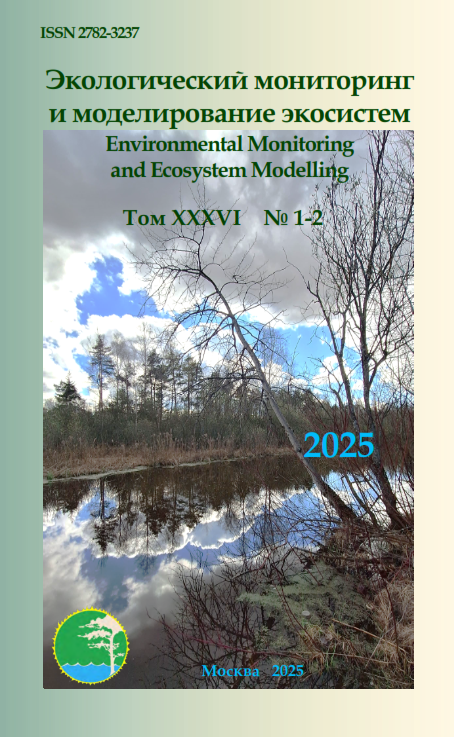Nemoralization of Moscow's Scots pine forests in the context of climate change
Keywords:
Nemoralization, Pinus sylvestris L., Tilia cordata Mill., Acer platanoides L., tree stand structure, structural transformation, climate change, urbanized environment.Abstract
The article considers the vertical and horizontal structure of pine
forests in an urbanized environment. Forest ecosystems of the Moscow urban
agglomeration are exposed to complex impacts of external factors, including
climate change and increasing urbanization. The objects of the study were 15
permanent observation plots on the territory of the Serebryanoborsky Experimental
Forestry, the Forest Experimental Station and the Losiny Ostrov National Park.
Stands of different ages were selected: from ripening to overmature. The aim of the
study was to assess the ongoing nemoralization in pine forests of Pineta
compositum. The study identified phytocenotic tiers of the tree stand. The second
tier included trees whose height was less than 80% of the average height of the pine
element of the forest. The beginning of the formation of the broad-leaved second
tier is noted starting from III-IV age classes of Scots pine. Tilia cordata Mill. is
found in the second tier at all study sites. The studied pine stands of the Moscow
region, regardless of the age class, have a clearly expressed two-peaked curve of
tree distribution by thickness grades, which is typical for mixed and complexshaped
stands. This occurs due to the introduction of broad-leaved species under
the canopy. With increasing age, there is a natural loss of Scots pine and "gap" are
formed. Acer platanoides L. is found in all the considered test plots in the Moscow
region. The largest amount of undergrowth can reach about 16.700 pcs./ha. Tilia
cordata Mill. also occupies a significant part of the undergrowth in the studied
objects. Broad-leaved species that successfully grow under the canopy of pine
stands will eventually replace the main species if the phytocenosis develops
without catastrophes. At the same time, pine stands continue to remain long-lived
to date.

